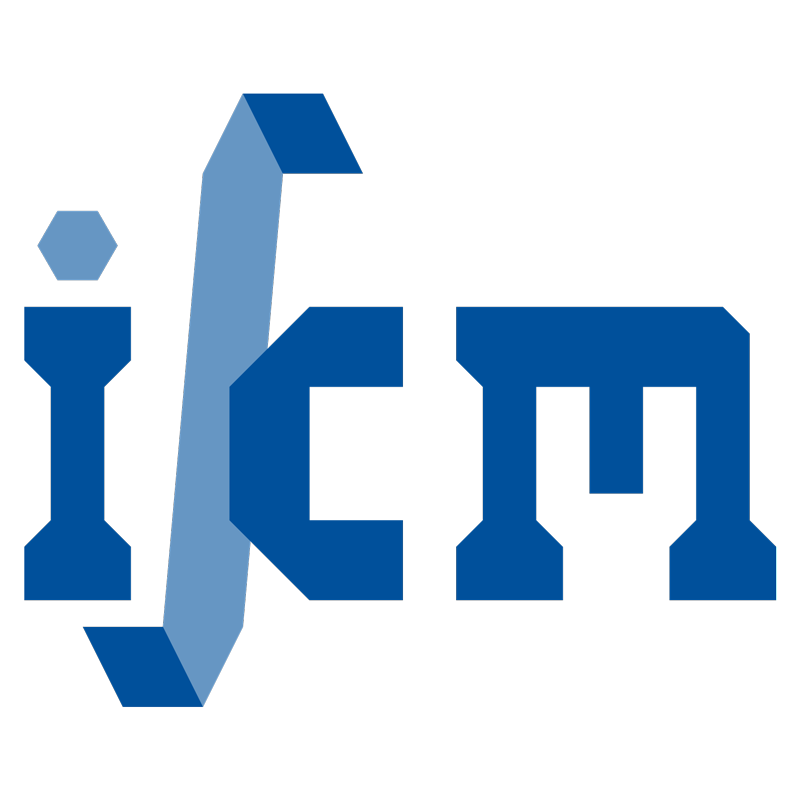Electro-chemo-mechanical induced fracture modeling in proton exchange membrane water electrolysis for sustainable hydrogen production
- authored by
- Fadi Aldakheel, Chaitanya Kandekar, Boris Bensmann, Hüsnü Dal, Richard Hanke-Rauschenbach
- Abstract
This work provides a framework for predicting fracture of catalyst coated membrane (CCM) due to coupled electro-chemo-mechanical degradation processes in proton exchange membrane water electrolysis (PEMWE) cells. Electrolysis in the catalyst layer (CL) bulk, diffusion of Hydrogen proton through the membrane (MEM), and mechanical compression at the interface with the porous transport layer (PTL) generate micro-cracks that influence the catalyst degradation. Based on our experimental observations, we propose a new theoretical formulations along with the constitutive framework to help understanding and providing a reliable description of the stated multi-physics problem. The computational modeling of crack formation in the CL bulk is achieved in a convenient way by continuum phase-field formulations to fracture, which are based on the regularization of sharp crack discontinuities. The model performance is demonstrated through two representative boundary value problems, representing the cell setup and working of the PEMWE cell.
- Organisation(s)
-
Institute of Continuum Mechanics
Institute of Electric Power Systems
Section Electrical Energy Storage Systems
- External Organisation(s)
-
Helmut Schmidt University
Orta Dogu Technical University
- Type
- Article
- Journal
- Computer Methods in Applied Mechanics and Engineering
- Volume
- 400
- ISSN
- 0045-7825
- Publication date
- 01.10.2022
- Publication status
- Published
- Peer reviewed
- Yes
- ASJC Scopus subject areas
- Computational Mechanics, Mechanics of Materials, Mechanical Engineering, General Physics and Astronomy, Computer Science Applications
- Sustainable Development Goals
- SDG 7 - Affordable and Clean Energy
- Electronic version(s)
-
https://doi.org/10.1016/j.cma.2022.115580 (Access:
Closed)
-
Details in the research portal "Research@Leibniz University"


